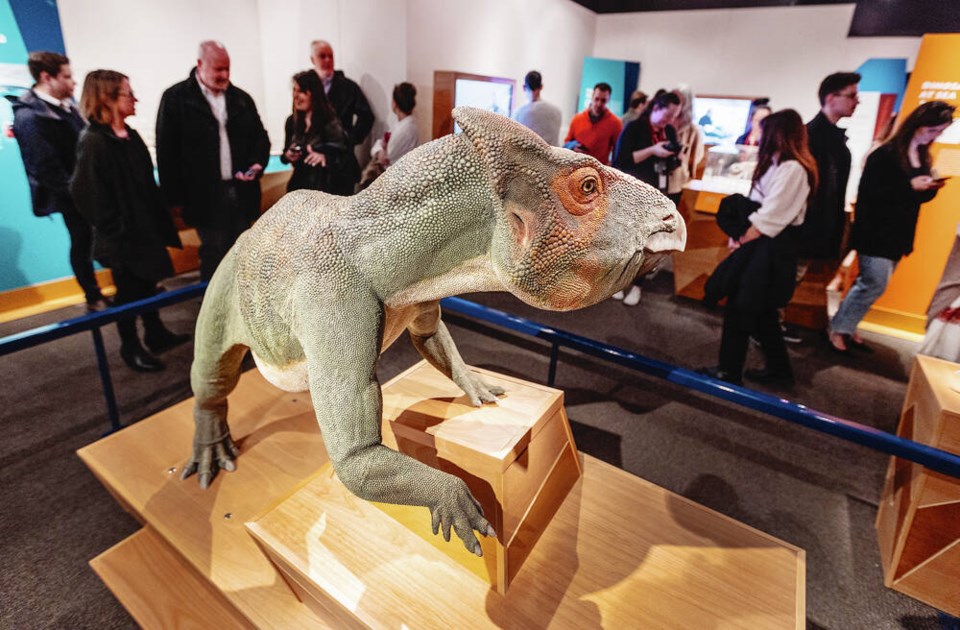A commentary by the executive director of the B.C. Museums Association.
Communities across British Columbia see a lack of access to medical care, infrastructure in need of reinvestment, and a host of social challenges that require the financial support of local, provincial, and federal governments.
This can make it easy to think spending money on arts, culture, and heritage organizations is a luxury – or even a foolish use of public funds.
If you are a museum-spending-skeptic, let us dig into why investing in cultural institutions makes dollars as well as sense.
Investing in arts, culture, and heritage communities strengthens our economy. In 2021, the Government of Canada spent $1.9 billion on the country’s cultural sector. In that same year arts, culture, and heritage organizations contributed $53.1 billion to Canada’s gross domestic product.
Roughly every dollar invested by the federal government created a $14 return.
At the provincial level, B.C. spends about $40 million annually, and according to the province’s own statistics, this sector generates $6.7 billion of economic activity to British Columbia’s GDP. This means the provincial government sees a $167 return for every dollar spent on arts, culture, and heritage.
How does the impact of investing in arts, culture, and heritage compare to other sectors of the economy? From a purely economic point of view, investing in the arts is a smart investment.
A 2022 study found that only 20 per cent of all Olympic Games and World Cups hosted between 1964 and 2018 created an overall positive return on investment.
While the 2010 91原创 Olympics is one example of such an event that posted a surplus return on investment, the $6.4 billion budget created net positive revenue of only $1.9 million.
On a macro level, it is easy to find data that reinforces why investing in arts, culture, and heritage makes sense, but let us look at the micro level to see how museums support the economic health of their local communities.
The Sidney Museum opened its first LEGO exhibit in 2005 with only one full-time staff member and an annual operating budget of just a few hundred thousand dollars.
Seventeen years later, this annual event brings tens of thousands of people to the community each year and has allowed the museum to increase its staff and revenues.
For small communities across the province, museums, galleries, and heritage spaces are integral to vibrant local economies and tourism sectors.
To be clear, arts, culture, and heritage organizations have considerable value beyond their economic impact. They enrich communities, educate, challenge the status quo, and change lives.
But for those who love culture, talking about the social, artistic, and educational impact of this sector is preaching to the proverbial choir.
The goal of this commentary is to demonstrate, from an economic perspective, why investing in museums makes sense and hopefully help those skeptical about public investment in arts, culture, and heritage understand why this is a prudent use of public funds.
As a society, we do not need to choose between having a well-functioning health care system and vibrant museums and galleries.
By starving cultural organizations, we reduce the economic vitality and resiliency of our communities and exacerbate many other problems we face as a society.
It is proven that museums, galleries, and heritage spaces create jobs, stimulate local economies, and strengthen the value proposition of tourism.
If you are still a skeptic about why investing in museums matters after reviewing the data, this probably has more to do with subjective opinion than objective data.
>>> To comment on this article, write a letter to the editor: [email protected]



